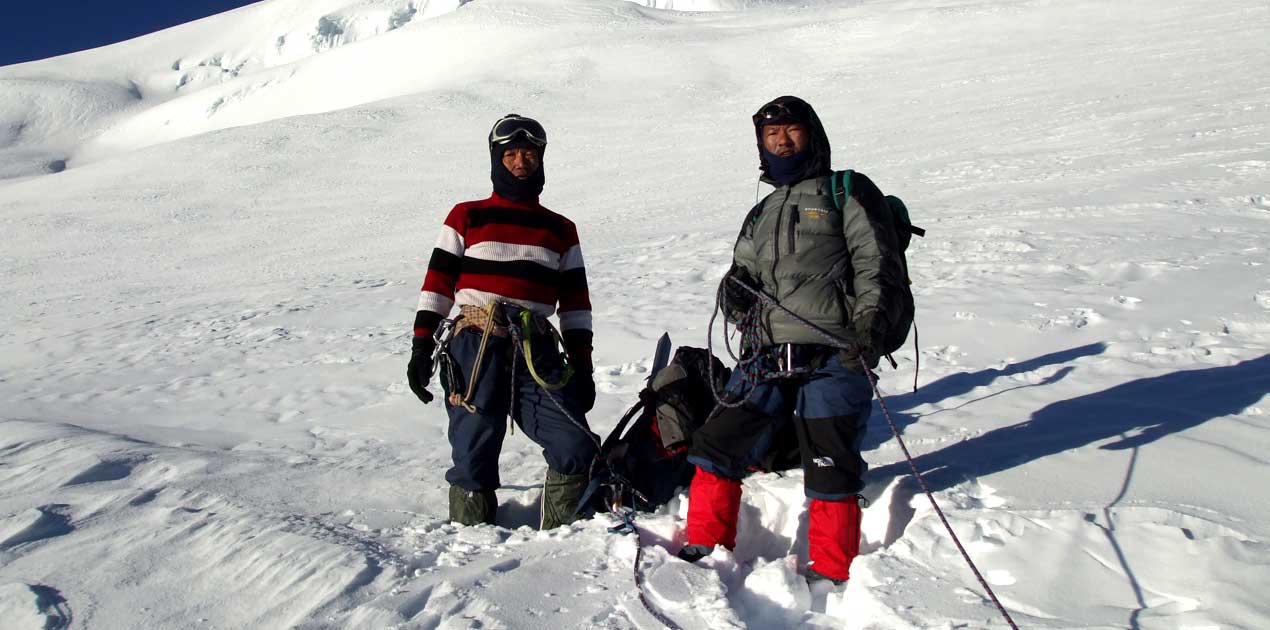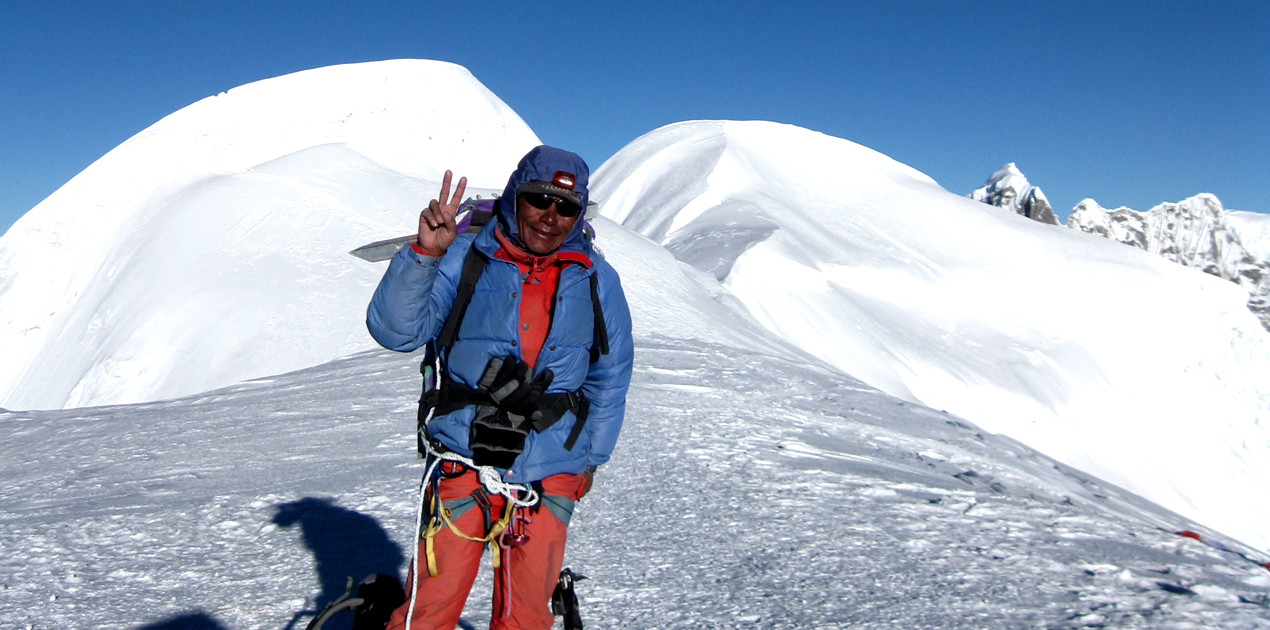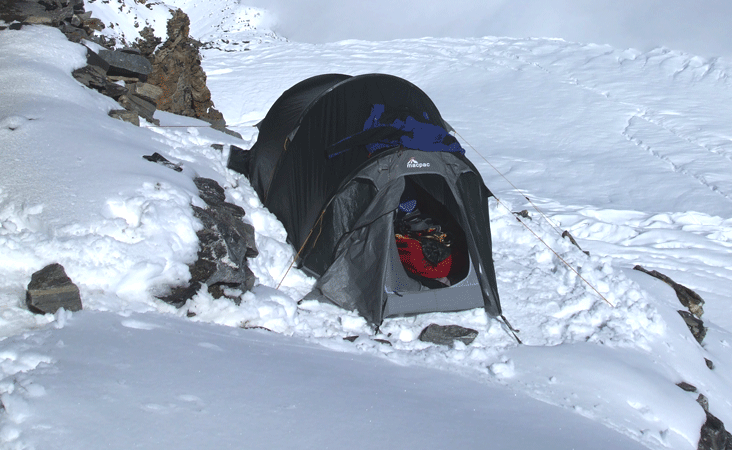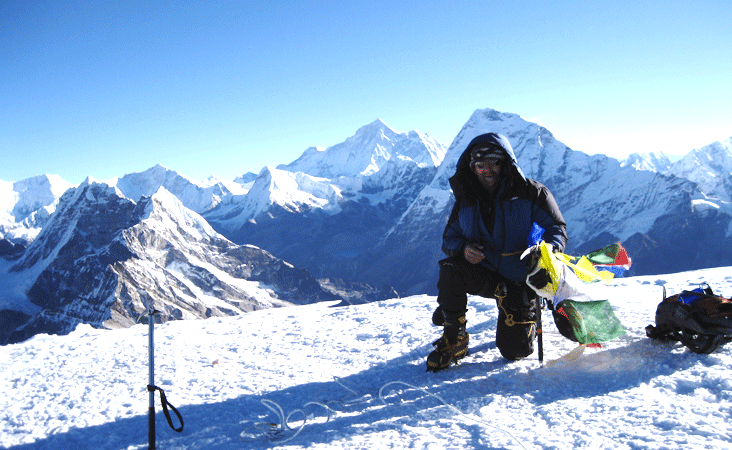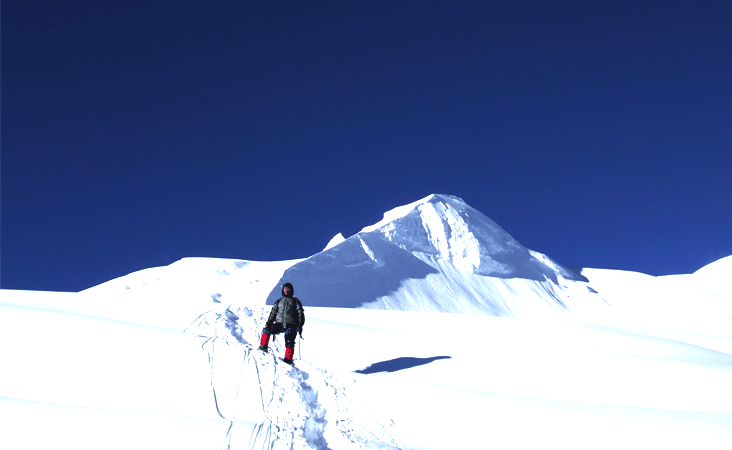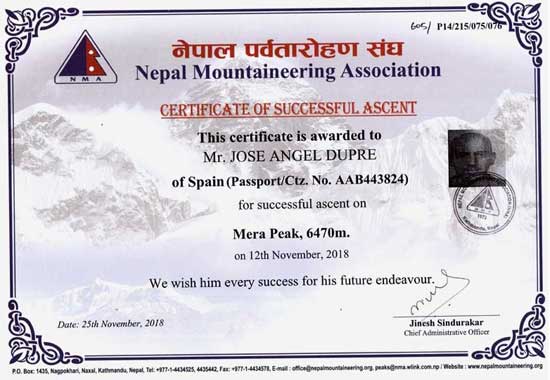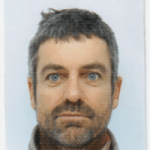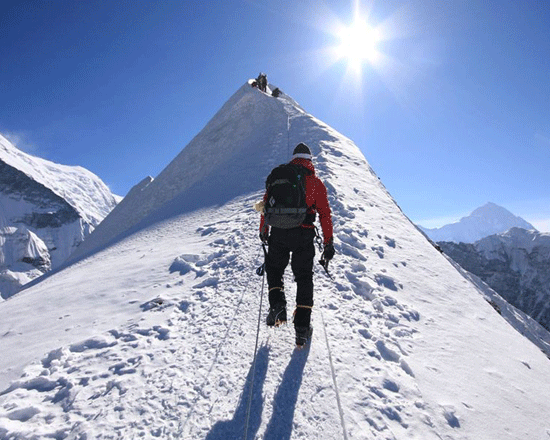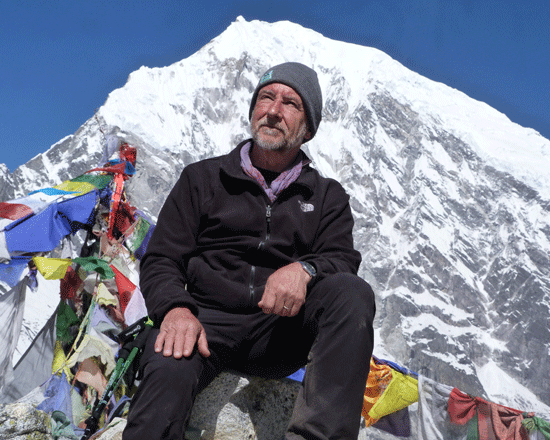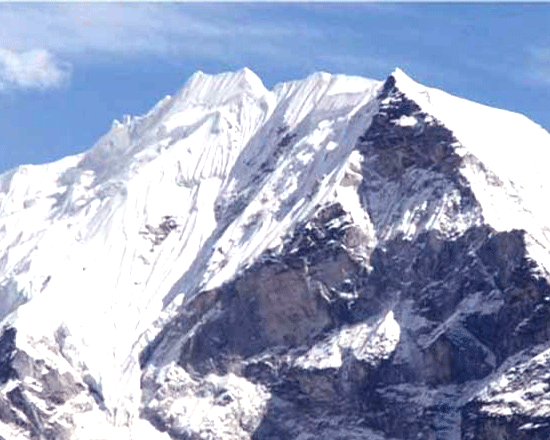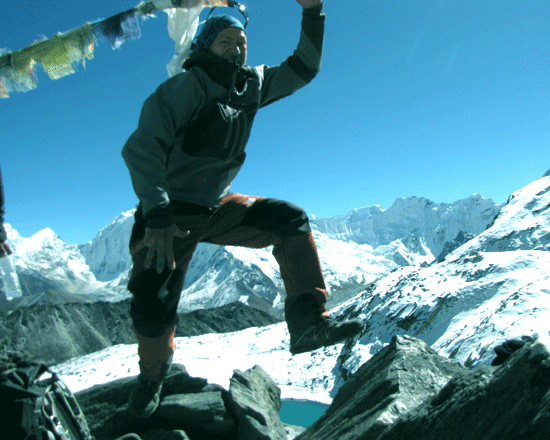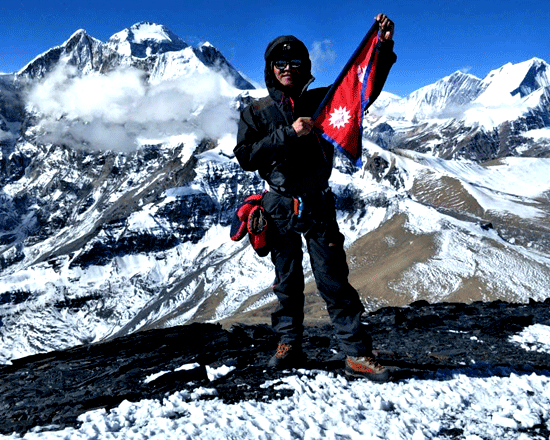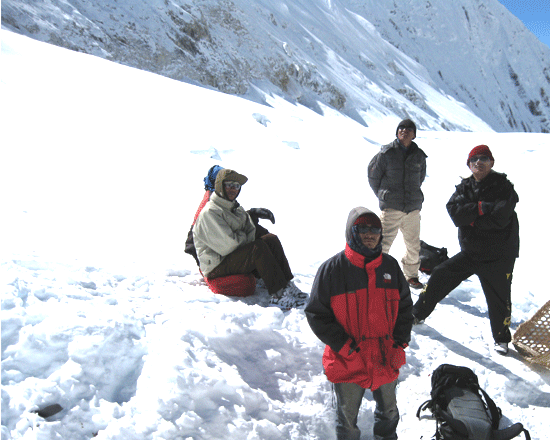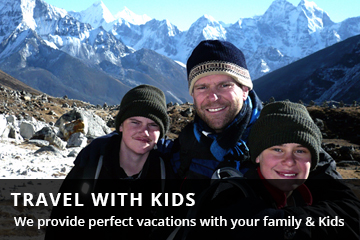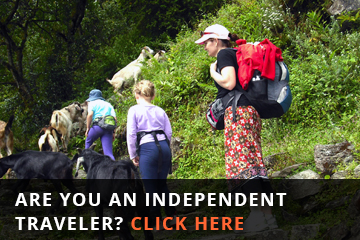
Our trip to Nepal and the summit of Mera peak was made possible by Nepal Wilderness. We had a great time. Himal was very helpful from day one. Communication was smooth before the trip and everything was organized for us when we arrived. They were also very flexible. In our case, we did not have a guide on the trek up to Base Camp, but one for the summit. Nothing was a problem, and Himal was very accommodating.


